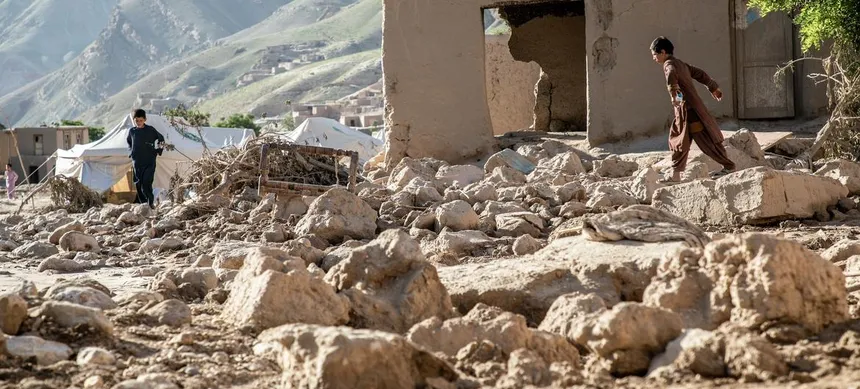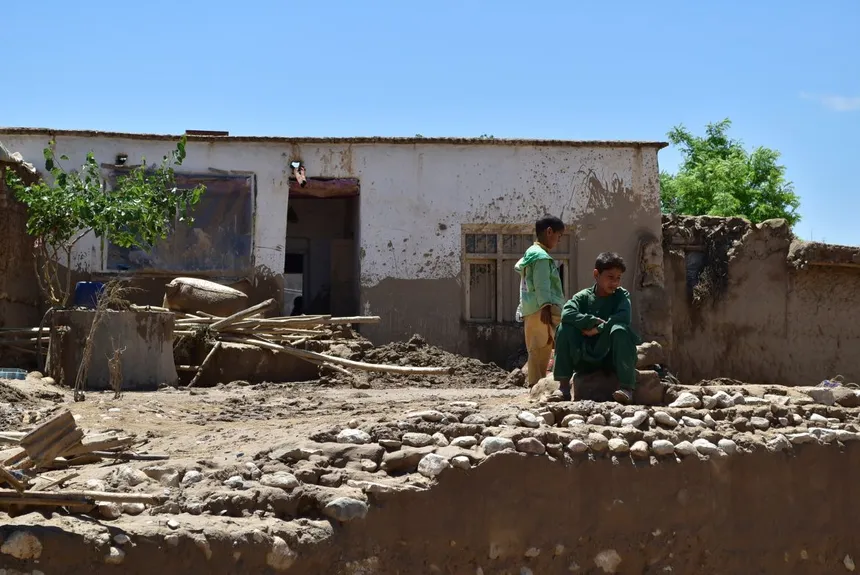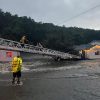The recent flash flooding in Baghlan province in northern Afghanistan has resulted in the loss of at least 50 lives, mainly women and children. Hedayatullah Hamdard, the head of the provincial natural disaster management department, confirmed the number, warning that it could increase in the coming days. Emergency personnel are still searching for any possible victims, aided by security forces from the national army and police.
Heavy seasonal rain sparked the flooding, leaving residents unprepared for the sudden rush of water. “The weather is very gloomy right now, and we’re expecting more rain,” Hamdard said. The disaster has left dozens of families without homes, and emergency aid, including tents, blankets, and food, has been provided to those in need.
Footage on social media shows the devastating impact of the flood, with huge torrents of muddy water sweeping through roads, and bodies shrouded in white and black cloth. One clip captures the distressing scenes, with children crying and men standing by, staring at the floodwaters that have washed away parts of their homes.

The flooding has claimed over 100 lives across 10 Afghan provinces since mid-April, with no region spared from the disaster. The country’s agricultural sector has been severely affected, with farmland swamped and vast swaths of crops ruined. This is particularly devastating for Afghanistan, where 80% of the population relies on agriculture for survival.
Afghanistan’s vulnerability to the climate crisis is heightened by its relatively dry winter, which made it difficult for the soil to absorb rainfall. The country, which is one of the poorest in the world and has been ravaged by four decades of war, is struggling to cope with the consequences of global warming. Despite being responsible for only 0.06% of the world’s greenhouse gas emissions, Afghanistan ranks sixth on the list of countries most at risk from the climate crisis.
The devastating effects of the flooding are exacerbated by the country’s poverty, with half of its population living under the poverty line and 15 million people experiencing food insecurity, according to the World Bank. As the country continues to grapple with the aftermath of the disaster, it is clear that the impact of the flooding will be felt for a long time to come.

